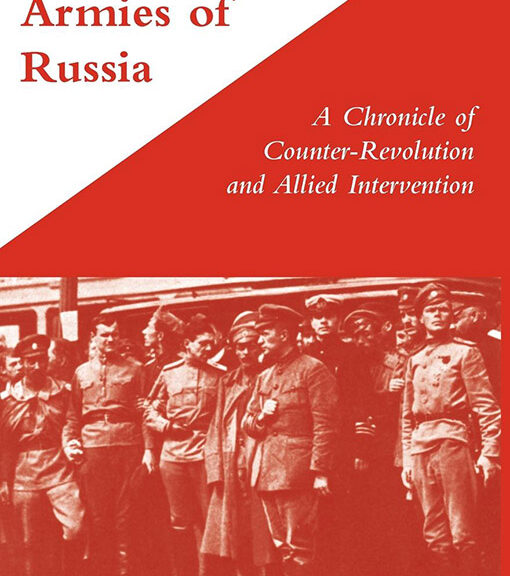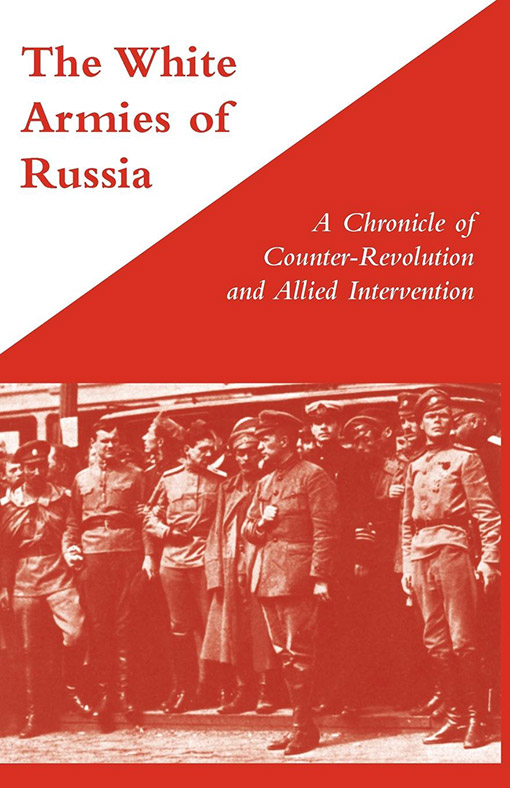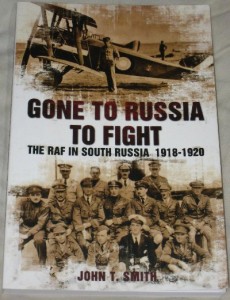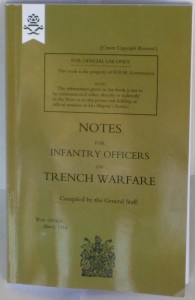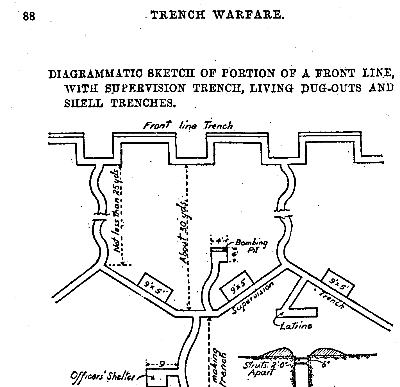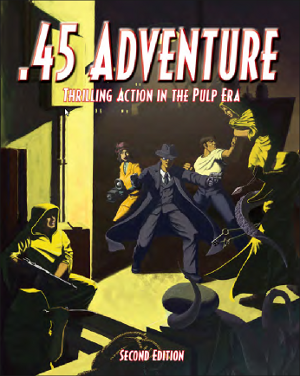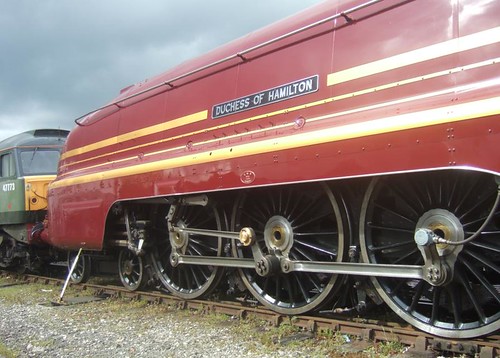In some ways, this smallish order of Ainsty resin scenery bits has been a decade in the making; I discovered Ainsty sometime in the very late 1990s or early 2000s, and even though I didn’t (at that point) do much in the way of skirmish gaming in 25/28mm, the huge variety of neat stuff Ainsty made stuck with me! So back in November I finally got around to throwing a bit of money Ainsty’s way, on a mix of scenic details that will see service in various pulp skirmish adventures, Russian Civil War battles, and who knows where else.
Here’s a quick late-night snapshot of what I got:
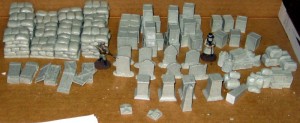
General sculpting and casting quality is good and clean, although a number of the pieces have a slightly slick, greasy feel to the touch, almost certainly from the mold release used. A good scrub with dish soap and warm water should take care of that, and it should also help get rid of the last of the faint but definite smell of outgassing resin I got when I first unpacked the pieces from the small plastic bags each set was carefully packed in.
Clockwise from top left, here’s a quick review of what I got.
Top left is Trade Goods J Stacked Sacks, three each of four different roughly square sets of stacked sacks. They’re all about 1″ a side at the base, and the tallest stacks are just over 1″ tall. They’ll provide useful cover for docks and warehouses, although a bit more fabric texture on the sacks would have been nice.
Moving clockwise, I got two sets of Trade Goods B Tea Chests. This is described as 18 chests, but it’s really four stacks and three single tea chests. Again, useful cover, and like sacks, the sort of terrain bit that you could build yourself, but which can be fiddly and frustrating to mass-produce at home. I could definitely see throwing another set or two of these into any future Ainsty order; you can never have enough crates cluttering up warehouses in pulp games, especially if they’re in precarious, badly stacked piles just waiting to topple onto someone!
Bottom right we have Trade Goods L Mixed Piles x 4, which is a neat little set of crates, bales, barrels and sacks, up to about 3/4″ tall. This is pretty close to “universal cargo” for anytime from the early-mid 20th Century back at least four or five centuries. Each of the four piles is different, with two of mixed crates, sacks and other baggage, one pile of three canvas bales and one of three small-to-medium wooden barrels.
Moving clockwise once more to bottom centre, we have Mixed Memorials x4, which is a nice mix-and-match set of four bases and four tops for memorials or possibly fancy gateposts. The four base pieces are each different, with two of them having very fine (probably laser-etched?) lettering on the molded plaques on one face. The four top pieces are also each different, with two slightly different obelisk toppers and two lower pieces. One of the bases arrived with a minor chip off one corner, but given that full size monuments out in the real world get dings and chips too, I’m not going to worry about it. The tops of all the bases are finished, so you could even leave the toppers off for further variety. One of the low toppers has been sanded at a bit of a rakish angle on it’s bottom suface, but a few passes on sandpaper will correct that enough to be invisible.
At the centre of the group we have Upright Headstones x8, which are by far the most detailed pieces in my order. Each of the eight headstones is unique, and I’m almost certain they’ve been laser etched, as the lettering is actually completely readable despite being under 2mm tall. The headstones commemorate Kurt Cobain, Bella Lugosi, Gandhi, and others, including two with “A Soldier of the Great War/Known Unto God” on them, which is the wording used for unidentified soldiers buried in the Commonwealth Wargraves Commission’s cemeteries from World War One. My only minor complaint is the massive size of these headstones; the tallest is a full inch tall, or nearly shoulder height on a standing 28mm figure. There certainly are headstones this massive in real life, but memorial stones about 2/3rds this size seem a lot more common in most cemeteries I’ve seen. One of the stones had a tiny casting flaw in each side, but those will be easy to file into minor damage to the stone and won’t be an issue.
Finally, bottom left we have Trade Goods K Rifle Cases x5, with two closed and three open wooden crates holding rifles. One of the seperate crate lids has a rifle resting on it; the open crates show one or two rifles each and the greased cloth that would have been used as packing to preserve and secure the rifles. Everyone always needs more guns (well, in games, anyway), so I suspect these are going to get a lot of use in all sorts of scenarios, as loot or as objective markers of sorts. The detail is very nice on this set, with good wood grain in the crates and enough detail in the rifles to make it obvious what they are. These crates would be suitable from about the mid-19th Century up to modern day, depending on where your adventure was set.
I will definitely put another order in to Ainsty at least once in 2013, after I get this current order all painted up. Shipping time from the UK to Canada was fast, although Ainsty obviously does a lot of it’s casting to order, as there was a delay of about three weeks (November 17th to December 10th) between placement and shipping of my order. The usual fast Royal Mail-Canada Post connection worked nicely in my favour, as it usually does, though, so overall order time was entirely reasonable.
More (with better photos!) as I paint up and finish all the various bits I’ve just acquired!
(oh, and in honour of this being published on December 21st 2012: If you can read this, congratulations, the Mayan Apocalypse never happened. What a surprise…)

